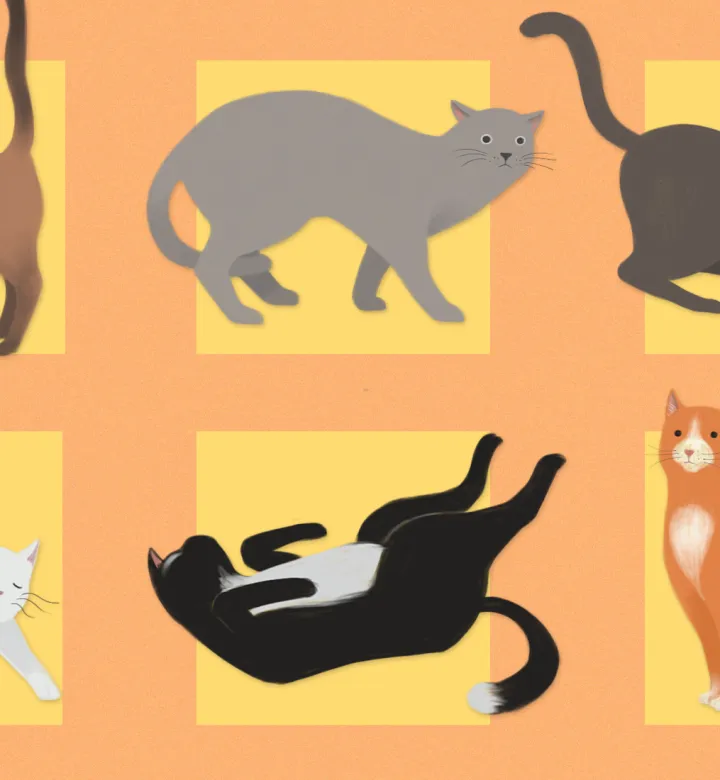Cats are a conundrum. They want attention, but you better not smother them. They like to play, but will also scratch without warning. Plus, unlike canines, felines don’t take too kindly to commands. It’s been proven that they can definitely learn commands but following someone else’s rules doesn’t really go with their whole…thing. Which means it’s up to us to interpret their bizarre cat body language, behavior and vocalizations to understand what is going on inside their cute little cat heads!
At first, this is daunting. But, hopefully after sifting through the many ways in which cats communicate through body language, you’ll have a better understanding of what your pet wants, needs and feels in certain moments. This can be especially helpful to those of us with super shy cats. Being able to pinpoint when a cat who is typically fearful actually begins to feel comfortable and confident can completely change the way you interact with her. The goal, after all, is to have the best relationship possible with our pets.



















